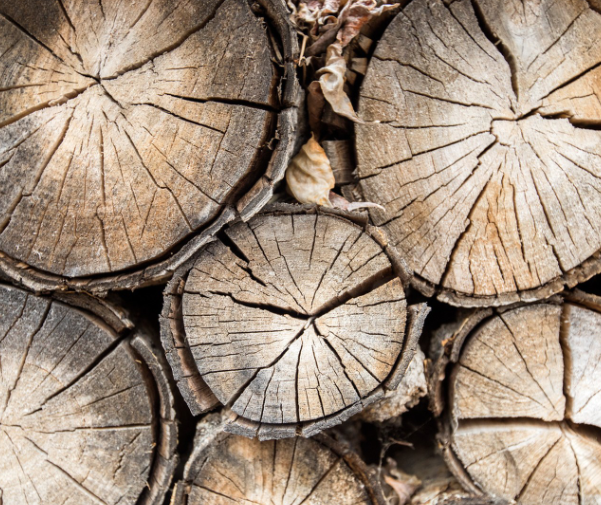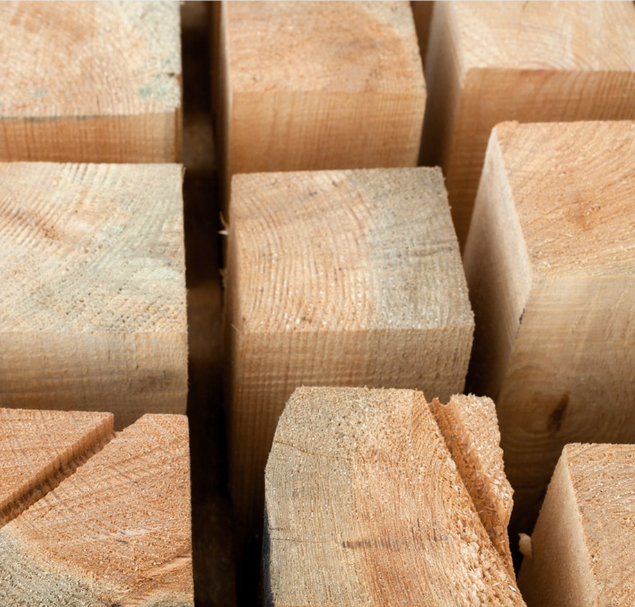
What wood should use preservatives and when not to use them
Anticorrosive wood is not suitable for use in all situations: Anticorrosive wood is not suitable for use in all situations. Therefore, first of all, it is necessary to clarify what the wood is used for, such as furniture, floors, trails, fences, wooden bridges, and house structures, especially whether it is in contact with food and feed, and then it can be judged whether anticorrosive wood should be used. For example, if you want to make or buy a Ming-style wooden bed for the bedroom, there is no need to use anticorrosive wood, unless it is wood that is particularly prone to







